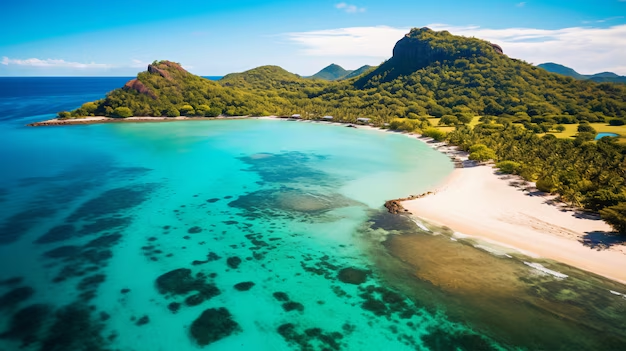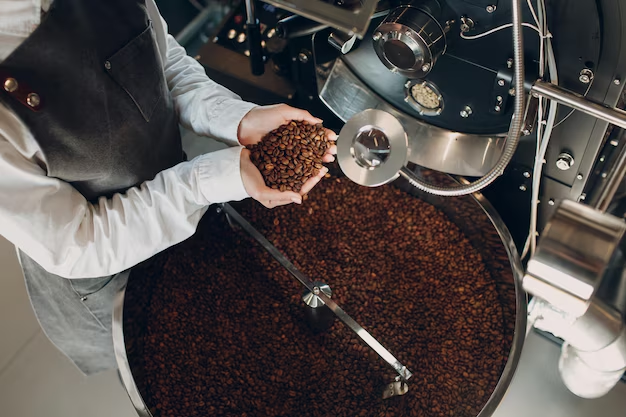Kona coffee – the very name conjures up images of volcanic slopes, lush Hawaiian rainforests, and the promise of an incredibly delicious cup. But brewing that perfect cup at home can seem daunting. Fear not, coffee enthusiast! With a few simple tips and tricks, you can transform yourself into a Kona coffee brewing extraordinaire. Freshness is Key Just like any fine ingredient, freshness is paramount for Kona coffee.
KonaCoffee.com sources its beans directly from Hawaiian farms, ensuring you receive the freshest possible beans. Once you have your precious cargo, store them in an airtight container away from light and heat to preserve their exquisite flavor.
The Grind Matters

The grind size of your coffee beans significantly impacts the final brew. For Kona coffee, a medium grind is ideal. This allows for optimal water flow and extraction, resulting in a balanced and flavorful cup. Grinding your beans right before brewing unlocks the freshest aromas and tastes – consider investing in a burr grinder for consistent results.
Water Temperature
Finding the Sweet Spot Water that’s too hot can burn your Kona coffee, resulting in a bitter brew. Conversely, water that’s too cool won’t properly extract the flavors, leaving you with a weak cup. Aim for a water temperature between 195°F and 205°F (90°C and 96°C).
The Perfect Ratio: A Balancing Act
The coffee-to-water ratio is a matter of personal preference. However, a good starting point for Kona coffee is 1-2 tablespoons of ground coffee per 6 ounces of water. Experiment to find your personal sweet spot – some may prefer a stronger cup, while others may enjoy a more delicate brew.
Brewing Method Matters (But Not That Much)

There are many ways to brew coffee, and the good news is that most methods work well with Kona coffee. Here’s a quick rundown:
- Pour-over: This method allows for precise control over the brewing process, perfect for savoring the nuances of Kona coffee.
- Drip coffee maker: A convenient option for everyday brewing. Just ensure your machine has a clean filter and use the appropriate settings for medium-grind coffee.
- French Press: The immersion brewing method of a French press can create a full-bodied cup, highlighting the richness of Kona coffee.
Beyond the Basics: Tips for Coffee Connoisseurs
For those seeking to elevate their Kona coffee experience even further, here are some bonus tips:
- Pre-heat your brewing device: This ensures your coffee maintains its optimal temperature throughout the brewing process.
- Use filtered or spring water: Tap water can introduce unwanted flavors that can mask the delicate notes of Kona coffee.
- Bloom your coffee: Pour a small amount of hot water over the grounds and let it sit for 30 seconds. This allows the coffee to release CO2 and results in a more even extraction.
- Cleanliness is key: Regularly clean your brewing equipment to remove any coffee residue that can affect the taste.
Unleash Your Inner Barista and Savor Kona Coffee Perfection With these brewing tips in mind, you’re well on your way to brewing a cup of Kona coffee that would make any barista proud. Remember, practice makes perfect, so experiment, have fun, and enjoy the journey to Kona coffee mastery!
Ready to embark on your Hawaiian coffee adventure? Browse our selection of 100% authentic Kona and other Hawaiian coffees roasted to perfection at KonaCoffee.com. We offer a variety of roasts and blends to suit your taste preferences. Visit our website today and discover the world of exceptional Hawaiian coffee! pen_spark tune share more_vert
























